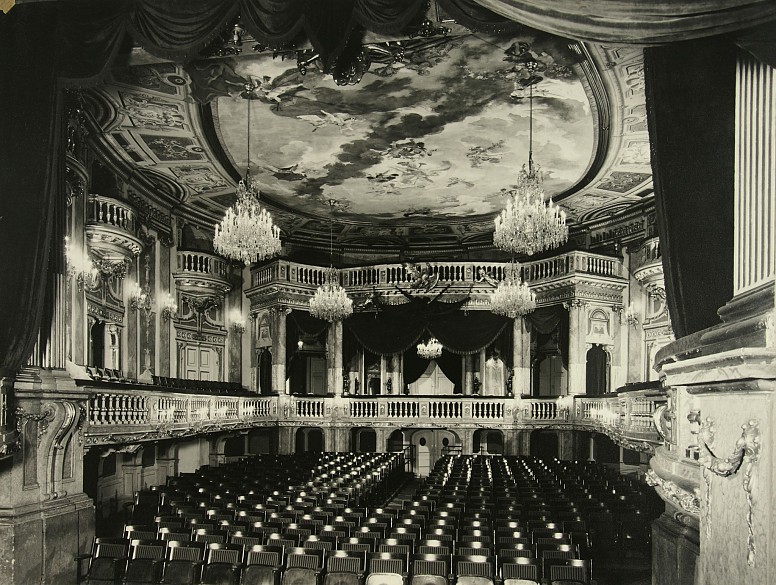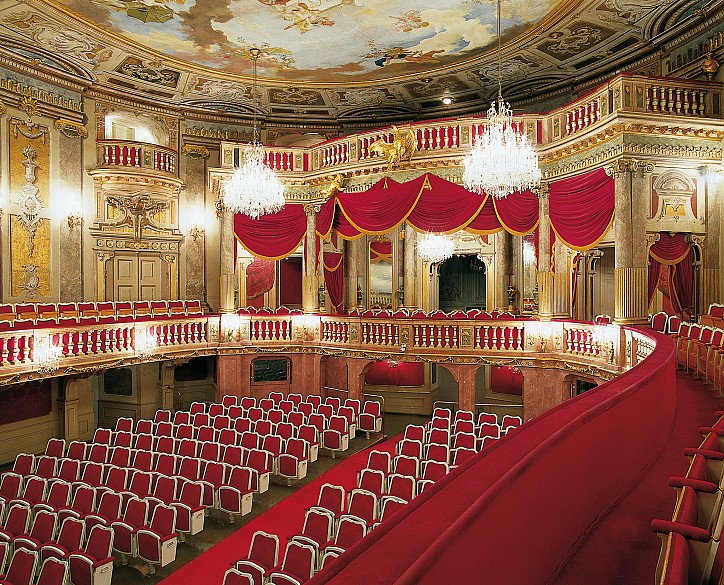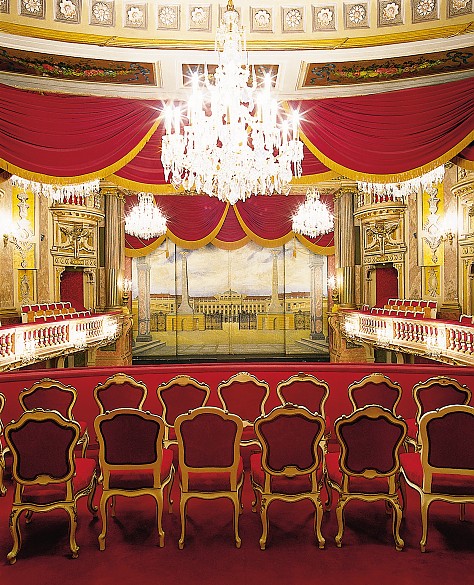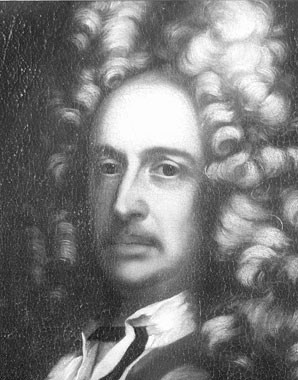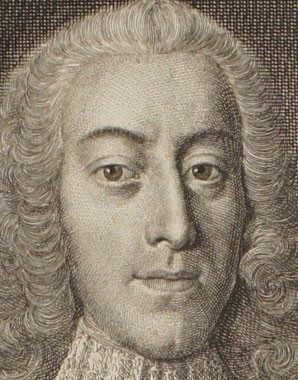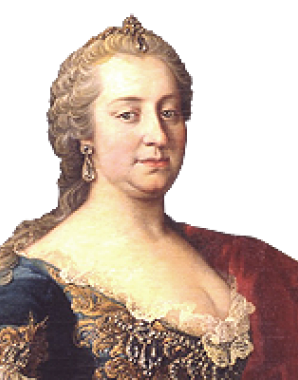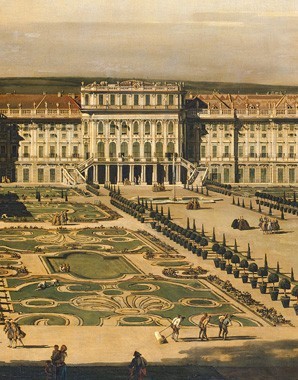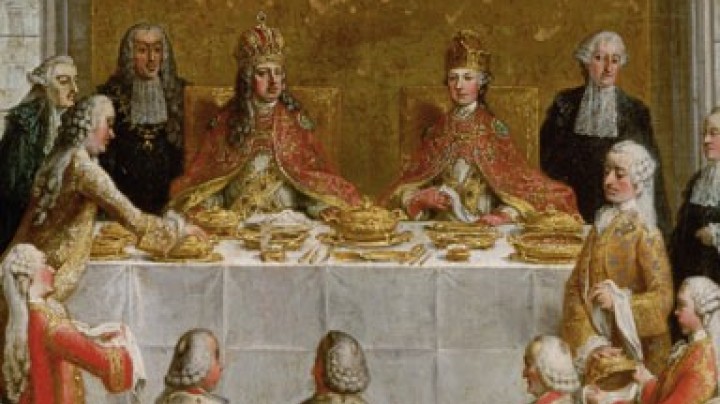A private stage: the theatre at Schönbrunn Palace
The performances of the Imperial family and members of the Court are given a fitting setting: at the express wish of Maria Theresa Schönbrunn Palace gets its own theatre.
Prince Khevenhüller-Metsch reported the opening of the palace theatre at SchönbrunnOn the 4th the name-day of the Emperor was celebrated with all due pomp, and the ambassadors were invited to a church service and a public banquet … In the evening, however, the ladies and cavaliers performed a comédie in the new theatre at Schönbrunn, entitled le dissipateur, interspersed with three ballets … Finally Archduke Joseph, clad in French dress, presented a compliment en vers francais composed by Princess Trautson, which was very fine in itself.
On 4 October 1747, the name-day of Emperor Franz Stephan, the palace theatre at Schönbrunn opened its doors. It became the favourite house theatre of the Habsburg court and provided it with a stage: the actors and dancers in the ballets performed at Schönbrunn’s palace theatre were almost with exception members of the Imperial family, court society and the upper ranks of the nobility.
Fischer von Erlach’s designs for Schönbrunn Palace did not include a theatre. The building was constructed between 1743 and 1747 at the express wish of Maria Theresa during the course of the remodelling of the palace by Nicolaus Pacassi. It was used not for regular performances but on state and family occasions. The palace theatre was only open to those who were presentable at Court and access to performances was strictly regulated; on occasion, courtiers who had not yet seen members of the Imperial family performing were barred from entering.
At the palace theatre, the Imperial family sat in the front row of the stalls. After the theatre was remodelled in 1766/67 their ‘Supreme Majesties’ moved to a raised central box, giving them a better view of the stage and an improved acoustic. They were also no longer visible for all those present in the auditorium. Maria Theresa exploited this circumstance, occasionally holding audiences during performances.
Eighteenth-century theatre performances were very different to those of today: people came and went during the performance, the audience conversed in loud voices and even ate and drank. It was not until the nineteenth century that theatre performances and concerts were generally regarded as disciplined, aesthetic enjoyment.
Nevertheless, following the death of her husband Maria Theresa’s enjoyment of ‘spectacle’ faded. She rarely attended performances and eventually turned her back on the theatre. From this time onwards, very few performances took place at the palace theatre, and during the latter years of the Monarchy it was used for storing furniture.
